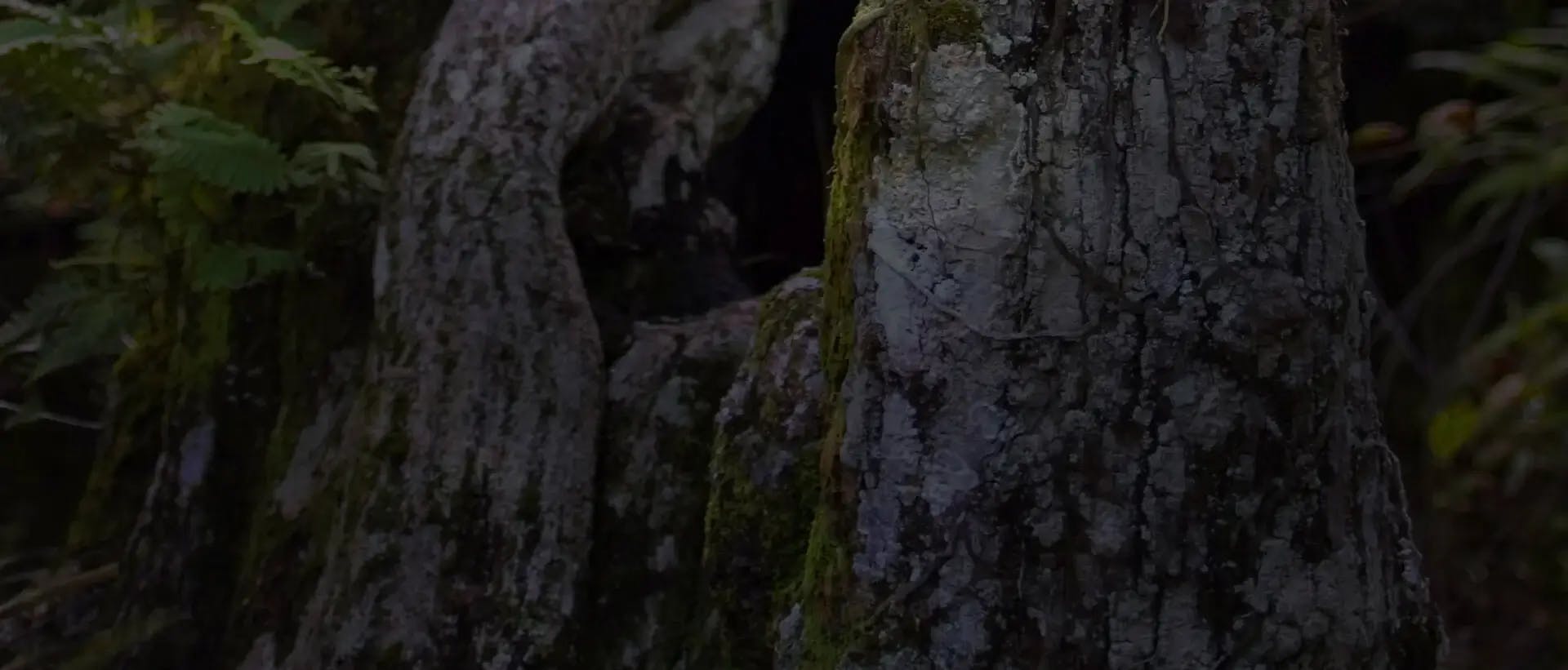Overview
Miniature monopodial epiphytes. Stems short, rooting at the base, occasionally branching and forming clumps. Leaves alternate, distichous, fleshy, pale greenish-yellow. Inflorescences subsessile racemes, shorter than the leaves, elongating with periodic flushes of flowers. Flowers spidery, scarcely opening during the day, yellowish-green. Sepal and petals subsimilar, subequal, free, spreading, lanceolate, acuminate. Lip obscurely three-lobed, fleshy, flexibly attached to an elongate column foot. Column stout, with an elongate foot; pollinia 2, on a common linear stipe and minute viscidium.









